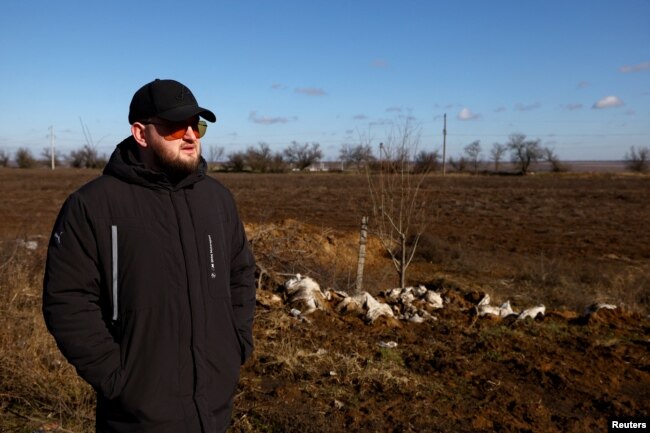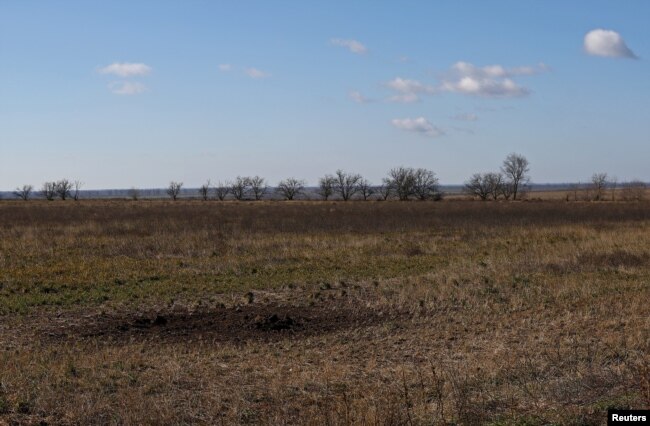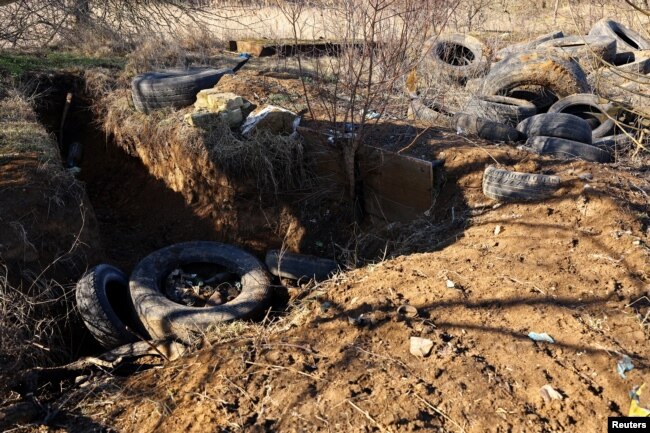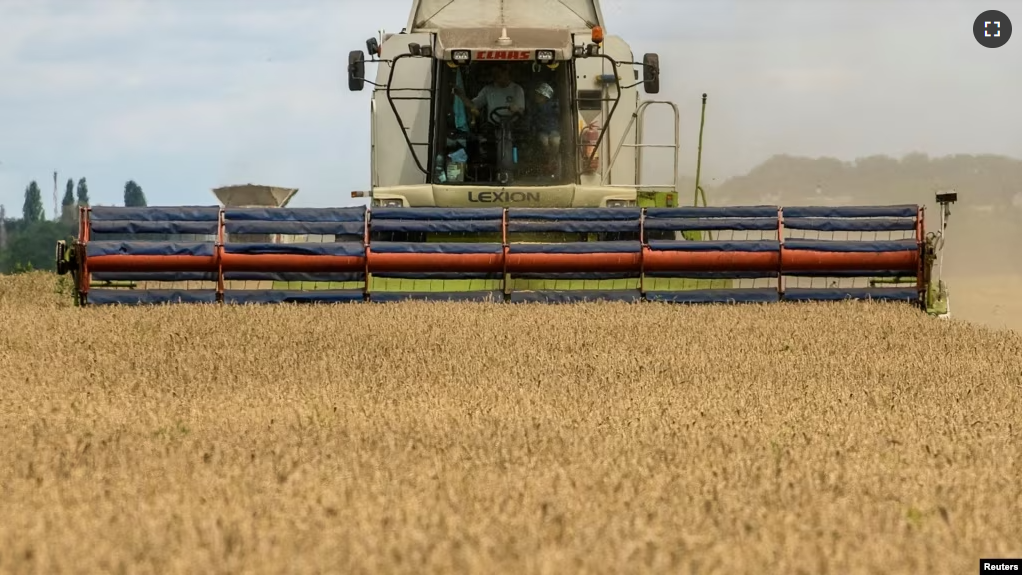Food prices around the world increased when Russia invaded Ukraine last year partly because Ukraine is a big grain exporter.
Ukrainian farmers left their fields to either fight in the war or go to safer places. In many places, food production stopped.
Before the war, Ukraine was the fourth-largest corn exporter and fifth largest wheat exporter. Much of the grain went to poor countries in Africa and the Middle East.
But grain production will take years to get back to normal once the war ends. Experts say it might take decades.
Soil recovery question
More than 20 experts told the Reuters news agency that it would take years to fix the damage to the place once called “Europe’s breadbasket.”
Andrii Povod is one of the Ukrainian farmers who stopped working when the war started. When the army recaptured Kherson in November, he returned to his land. He found everything in ruins.

Two tractors were gone. Most of the wheat was missing. All 11 buildings used to store crops and machinery were destroyed.
“For our region, it’s a very big problem. This good soil, we cannot reproduce it,” he said.
Scientists who study soil and agriculture in Ukraine have said at least 10.5 million hectares of farmland has been damaged by the war. That is 25 percent of Ukraine’s farmland.
Tanks rolling over the land have compressed the soil, the scientists said. Shelling has hurt the small organisms that enrich the soil. And mining, digging and explosions might have destroyed some farmland completely.
Mines and lead
Sviatoslav Baliuk is the head of the Ukrainian Soil Institute. He said the war could reduce Ukraine’s production by 10 to 20 million tons. Ukraine’s agriculture ministry chose not to comment to Reuters about long-term soil damage and harm to the farming.
Beyond the fields and soil, Povod and many other farmers lost equipment and storage buildings that will be costly to replace.
Andriy Vadaturskyi is the head one of Ukraine’s largest grain producers. He said farmers need financial help.
Today, he noted, there is a problem of high prices, but there is food ready to ship out of Ukraine’s ports on the Black Sea. He said in one year, the situation could be much worse. There could be “a shortage of food.”
High cost of recovery
A working group of scientists created by the Ukrainian government estimated it would take $15 billion to remove the mines and make the soil healthy again.
Baliuk said it could be done in three years or in 200 years depending on how badly the soil is damaged.

Joseph Hupy studies soil and land at Purdue University in the U.S. state of Indiana. He has written about the effects of war on farmland. He told Reuters that some land in Ukraine might have been changed so much from explosions that it cannot be farmed again.
Naomi Rintoul-Hynes studies soil at Canterbury Christ Church University in Britain. She said that the lead from ammunition can contaminate the soil so much that plants grown there can be harmful for humans.
Infrastructure damage
The problems do not end with the soil, mines and other land damage. The war destroyed roads and railways that get crops to market.
The Kyiv School of Economics said in October that it might cost more than $35 billion to rebuild roads and other transportation lines.
Caitlin Welsh studies food security at the Center for Strategic and International Studies in Washington, D.C. She said people think once the war is over, food production will restart.

“With Ukraine, just repairing the infrastructure is going to take a really long time,” Welsh said.
In addition, some of the farmers are running out of money. Dmitry Skornyakov, leads HarvEast, a Ukrainian farming company. He said farmers have enough money right now, because they had a good year just before the war started.
However, he said, half the farmers will have serious financial problems if the war goes into 2024.
“The future,” he said, “is from grey to dark at the moment.”
I’m Dan Friedell.
Dan Friedell adapted this story for VOA Learning English based on reporting by Reuters.
_____________________________________________________________________
Words in This Story
breadbasket –idiom an area that produces a lot of food
tractor –n. a farm vehicle used to pull heavy loads
decade –n. a period of 10 years
compress –v. to crush or press a material to force the air out of it to make it smaller
